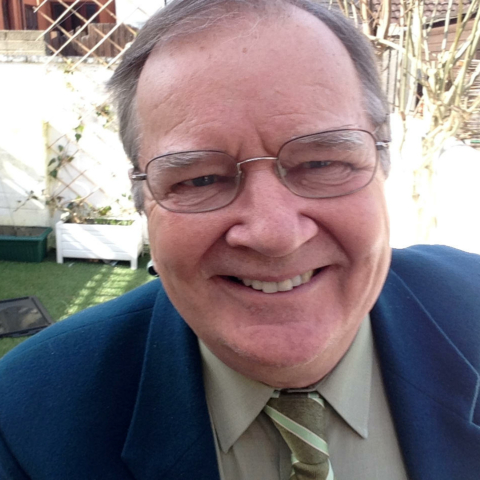British Victims Of Sandakan Death March Finally Honoured
Daily Mail
British victims of Sandakan death marches finally honoured
Last updated at 16:43pm on 17th August 2007
More than 600 Britons who were brutally put to death by the Japanese in the former British North Borneo have finally been fully honoured.
In the shadow of Mount Kinabalu, a memorial stone has been errected in an ‘English garden’ to the memory of 641 British airman and gunners who gazed upon the same scene at the close of the Second World War, but never lived to tell the tale.
There was not one British survivor from the infamous Sandakan Death Marches.
Those that did not die from starvation exhaustion or disease were beaten, shot, beheaded or bayoneted by their Japanese guards. Hazel Braund, 49, from Lewisham, South London made the pilgrimage to honour the memory of her uncle, an RAF man who survived the march but died of malaria and deprivation within days of victory.
Hazel Braund, 49, from Lewisham, South London made the pilgrimage to honour the memory of her uncle, an RAF man who survived the march but died of malaria and deprivation within days of victory.
And next week as a personal tribute she will walk five days along the route her uncle followed to his death.
In the ‘English Garden’ at Kundasang, the British heroes of Sandakan were finally acknowledged with a memorial bought with funds from a private appeal.
Cash was provided by the Sabah and Malaysian governments, and the local St George’s Society after an appeal by Britain’s military adviser at the High Commission in Malaysia, Colonel Paul Edwards.
After a Christian memorial service attended by Malaysian government and local government officials, British High Commissioner to Malaysia Boyd Cleary CVO said: ‘This is not about righting a wrong, but enhancing the memory and educating those who follow.
‘British soldiers and air-men, deprived of food, barefoot, carrying heavy loads, suffering from sores ber-beri and malnutrition all died here.
‘Those who fell were bayoneted and shot.’
Boyd Cleary then read from the memoirs of one of the six Australians who survived.
Elizabeth Braund, 49, paid private tribute to her uncle Senior Aircraftsman Benjamin Hughes, of the Royal Air Force, who died at Ranau within days of the war’s end.
Mrs Braund, a member of the Children of Far East Prisoner’s of War Association said: ‘The memorial has been a long time in the making but it is a fitting tribute to those who died.
‘My uncle at 19 was the youngest of a family of 13 from Elephant and Castle. I never met him, but I know what he suffered,’ she said.
For 62 years the 641 British soldiers and airmen who died have been all forgotten.
There are no British memoirs. None of the British survived. But in Australia the death marches have been described as their ‘holocaust’ and every state in the country has its own memorial.
The British gunners and airmen, together with more than 1,700 Australians, had been taken to Sandakan, in what is today Sabah, Malaysia to build an airfield by the Japanese in Sandakan towards the end of the war.
But as allied forces approached, the Japanese decided to force march their prisoners away along a 160 mile route in the shadow of Mount Kinabalu from Sandakan to Ranau.
The Japanese had been ordered to deal ruthlessly with their charges.
They took the orders literally. In three separate marches all but the six Australians died.
Stragglers were dealt with by the Japanese ‘Kempetai’ who followed in the rear of the marches.
Hundreds were bayoneted, or beheaded, where they lay unable to make a step further.
Prisoners were tied to trees and even beaten to death. The lucky ones, it is said, are the ones who were shot.
The remainder died at their destination in Ranau.
Soldiers who could go no further made their goodbyes to their colleagues as they awaited their own executions.
One of the survivors Australian private Nelson Short, who is now dead, said at the time: ‘If blokes could not go on we just shook hands with them and said, you know, hope everything’s all right.
‘But they knew just what was going to happen. There was nothing you could do.’
There was considerable evidence that the Japanese even executed prisoners after learning of the Japanese surrender.
The Japanese Commander of Sandakan Captain Hosijima Susumi was tried and executed along with eight others.
Daily Mail British Victims honoured

